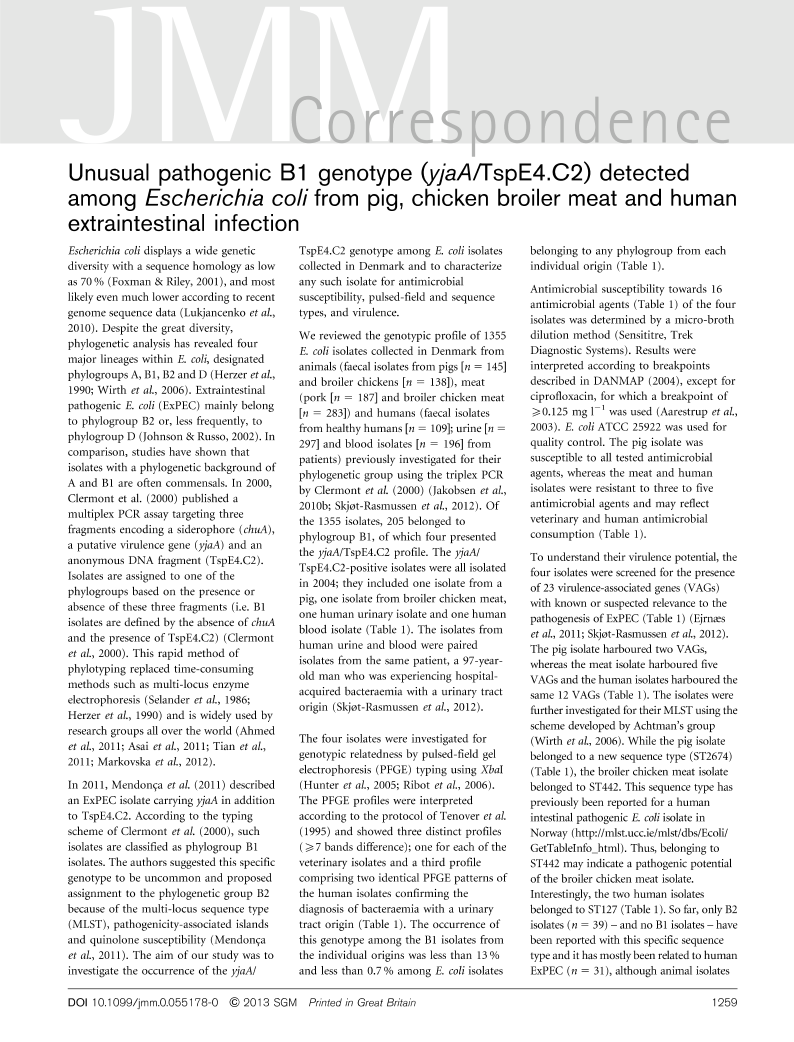
Full text loading...

Unusual pathogenic B1 genotype (yjaA/TspE4.C2) detected among Escherichia coli from pig, chicken broiler meat and human extraintestinal infection, Page 1 of 1
< Previous page | Next page > /docserver/preview/fulltext/jmm/62/8/1259_jmm055178-1.gif
There is no abstract available.

Article metrics loading...

Full text loading...
References


Data & Media loading...
